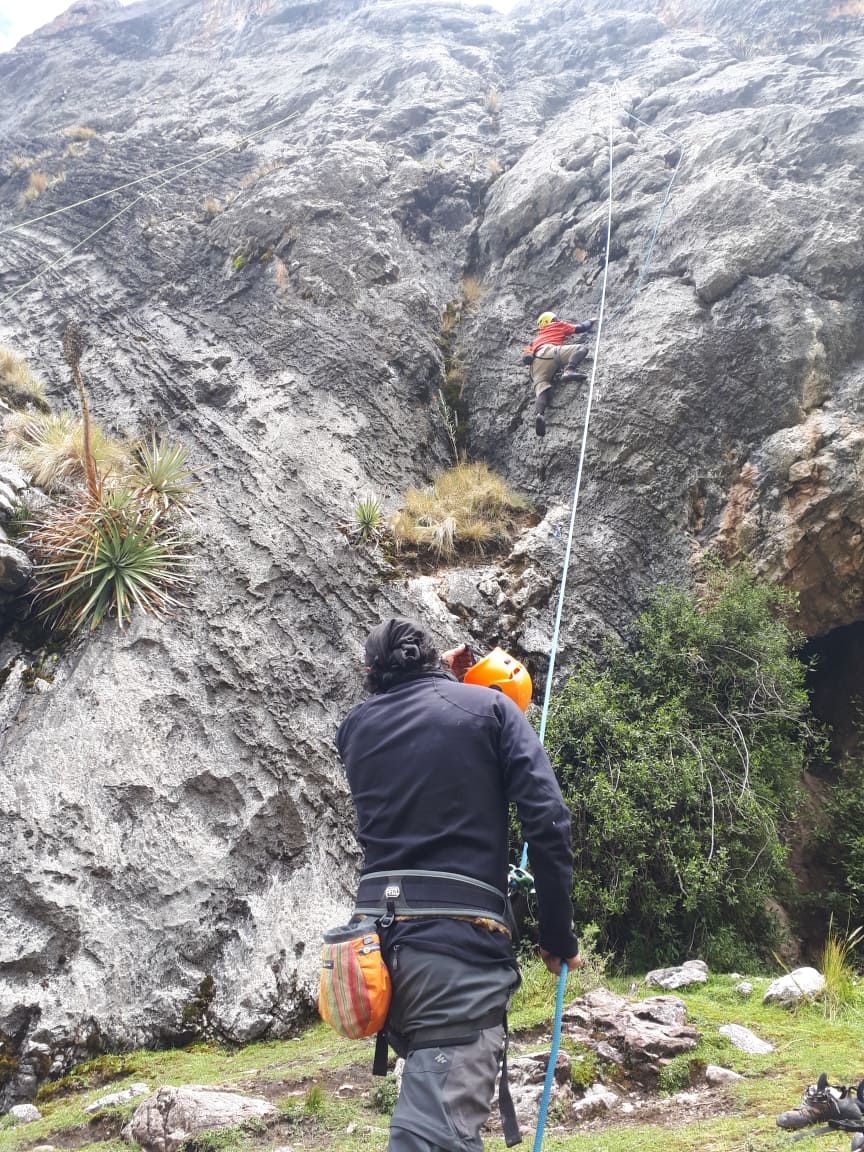There are a lot of sports you can pursue to get fit and have fun. However, if you want to add a healthy dose of adrenaline to the equation, then rock climbing should definitely be on top of your list. Perhaps that’s one of the biggest reasons rock climbing has recently become such a popular sport, as more office workers, freelancers, and adventure seekers are looking for ways to spice up their routines. Nowadays, you can find indoor climbing gyms almost everywhere. It has become so popular that even the 2020 Summer Olympics hosted a climbing event for the first time in history.
If you want to get in on the action but are not sure where or how to start, we’ve got you covered. Here, we’ve compiled the four basic things you should know about rock climbing to start your journey. Get ready for a condensed dose of fun, soreness, fitness, and adrenaline!
1. How to Get in Shape for Climbing
First of all, it’s wise to understand that rock climbing demands a lot of stamina. You’re going to work out your forearms, back, core, and feet unlike you’ve ever done before. You should also have a decent amount of cardiopulmonary endurance, so you should start by getting in shape. However, it’s also true that the best way to get good at climbing is to practice climbing, so your workout routine will consist of both climbing and complementary training exercises that increase your overall fitness. You can look up a good training regime if you know the basics, but it’s better to have a personal trainer help you understand the ropes if you’re a total fitness newbie.
That said, you can start with strength, core, and cardiopulmonary training. Firstly, you should learn how to warm up your body so that it gets accustomed to various types of movements. The best way to do so is by performing dynamic stretches that warm up the muscles you’re going to use in your training session. Since you’ll be working your upper body the most, you’ll need to dedicate at least two upper body training sessions a week to target your arms, shoulders, chest, and back. You’ll also need at least two core training sessions per week and a full-body training session that includes cardio and core-focused exercises. Whether you exercise at the gym or at home is up to you, as long as you challenge your body to its limits and maintain good progress. As for climbing training, it’s best to look for a guide or join an indoor climbing class as a beginner.
2. The Different Kinds of Rock Climbing
There are various kinds of rock climbing, from indoor to outdoor climbing, bouldering, and more advanced forms of rock climbing. Each discipline in the climbing sport requires its own training regime and gear. Here’s what you need to know about these different disciplines.
A. Outdoor Top-Rope Climbing
You’re probably already familiar with what outdoor top-rope climbing looks like, even if you didn’t know its name before. It involves fixing the climbing rope at the top of the route while climbing the rocks toward the anchor. Meanwhile, another climber will be responsible for keeping the rope taut. This person is called the “belayer”, and they have to be an expert since they’re basically the ones who will keep holding the rope if you misstep and fall.
B. Indoor Top-Rope Climbing
No one starts outdoor climbing right away. First, they need to get familiar with how rock climbing works and fall a couple of times in a safe setting before trying the real thing. That’s what indoor climbing gyms are for, and trust us, just because they’re indoors doesn’t mean they’re lacking in challenge. Eric Neyer explains here how indoor climbing gyms are set up, as their artificial walls are constructed with a route of moveable artificial holds of different sizes and shapes. The routes can be assigned grades marking their difficulty, starting from easy beginner routes to more challenging and extremely difficult ones.
C. Bouldering
You can practice bouldering in an indoor or outdoor climbing setting. It’s a great exercise for beginners looking to build strength without any gear and with minimum risk of falling or injury. Technically speaking, bouldering only consists of traversing the route at a horizontal level which is often near the ground. As such, climbers can work on their strength, balance, and mobility without the risk of a long fall.
D. More Advanced Types of Climbing
Once you have gained confidence and improved in your climbing proficiency,, you’ll want to experiment with more advanced disciplines. This is when you should move onto sport-climbing routes in which you can use quickdraws to clip on the previously attached bolts as you progress upwards. A more advanced form of climbing is traditional climbing, in which you’ll be the one to place the anchors as you climb.

3. The Gear
The gear you’ll use depends on your level and kind of climbing. As a beginner at an indoor climbing gym, you’ll probably be handed the equipment to use. If you’re out on an outdoor climbing journey, you’ll need to prepare all of your equipment: climbing clothes and shoes, climbing harness, carabiners, belay device, climbing ropes, chalk, climbing protection, a climbing helmet, and crash pads. Bouldering only requires the basic gear, which is your activewear and sturdy climbing shoes. Obviously, if you move onto more advanced disciplines, you’ll need more advanced equipment.
4. The Climbing Route
Finally, you should to know which way you are going to learn. If you are going to an indoor gym, make sure you understand the challenge and be prepared. Choosing a recreational route can be more difficult, but you can easily find all the information you need about nearby recreational routes when you look them up online. It is best to start on a solid path and seek help from the instructors before the first exercise.
Rock climbing is one of the most fun sports you can do. No matter how much you exercise, make sure everyone feels scared and anxious about climbing outdoors – even adults. So start strong, build your strength and mobility and do not be afraid to try different methods. But most importantly, always ensure your safety and security.
